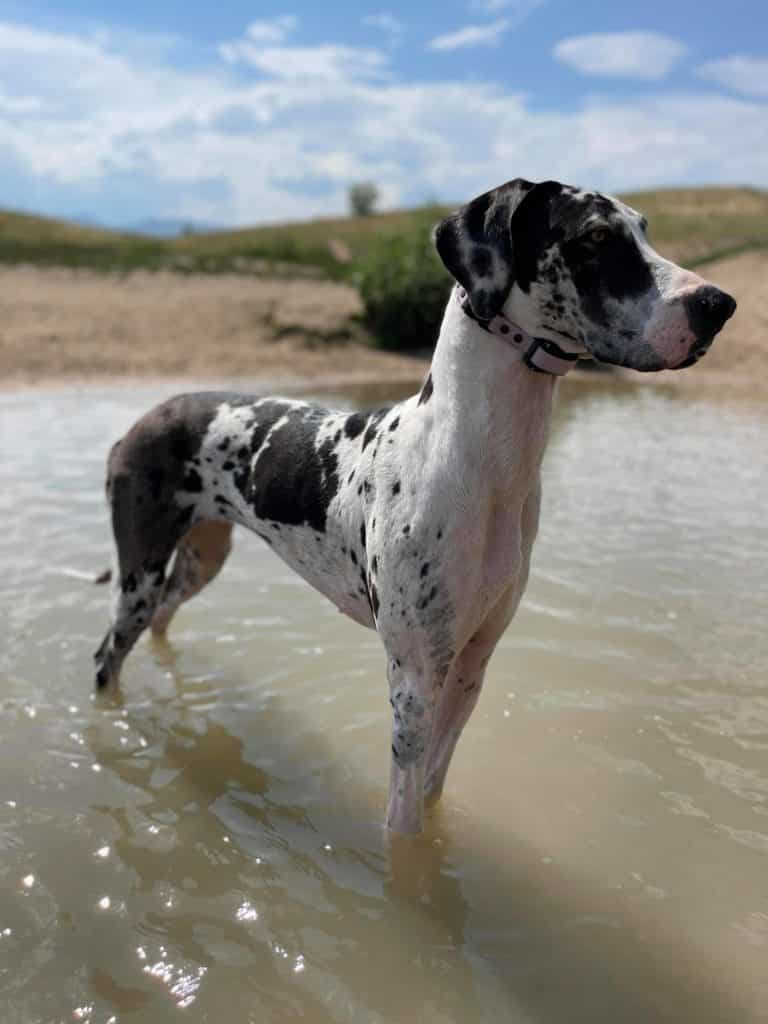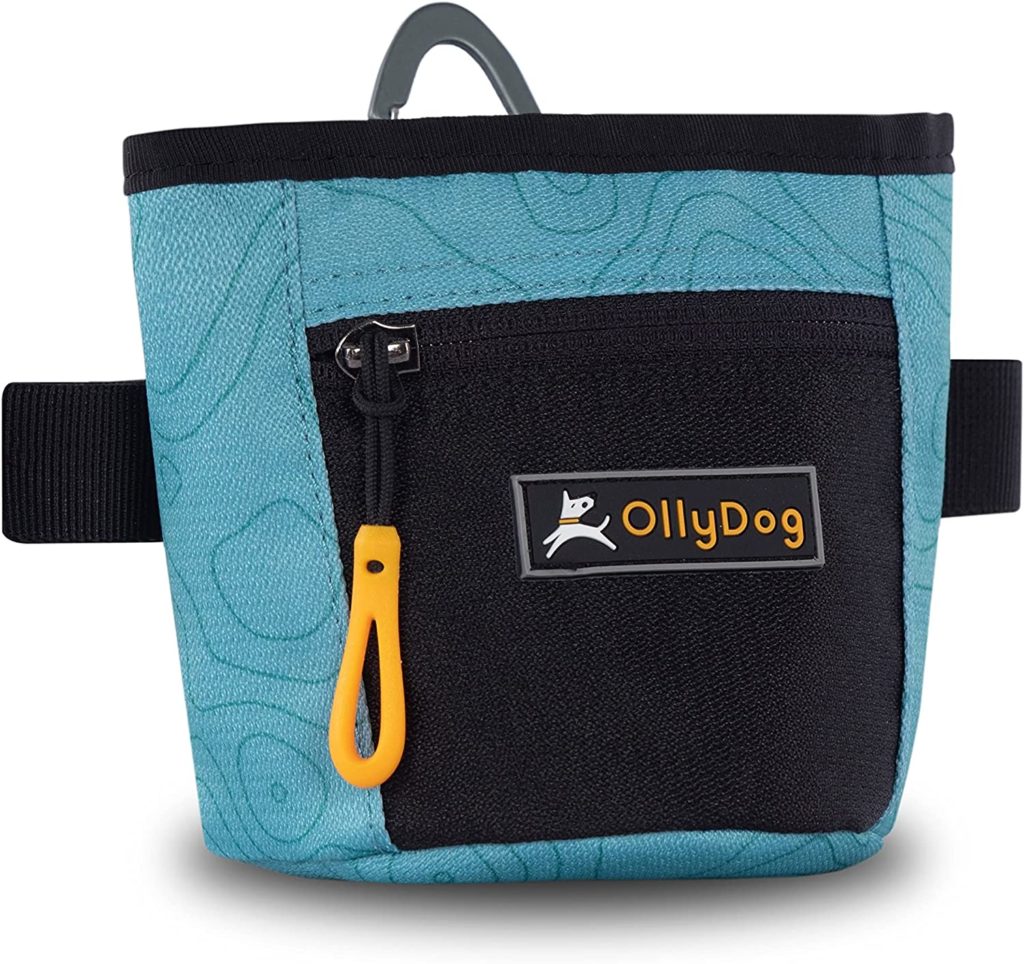Potty training a Great Dane is no easy feat. These dogs are big and powerful, and they can be quite stubborn when it comes to learning new things. In this blog post, we will discuss some tips and tricks that will make the process easier for both you and your dog. With a little patience and perseverance, you will be able to get your Great Dane potty trained in no time!



Potty Training a Great Dane is a LOT of Work!
Potty training a puppy is something that requires a lot of work – and it’s even more challenging when that puppy has a lot of clumsy energy and is on the go! Your Great Dane puppy is likely eager to learn, but very new to the world!
Great Danes are large dogs, and they have a lot of energy. This means that they need to go potty frequently – which can make potty training a real challenge.


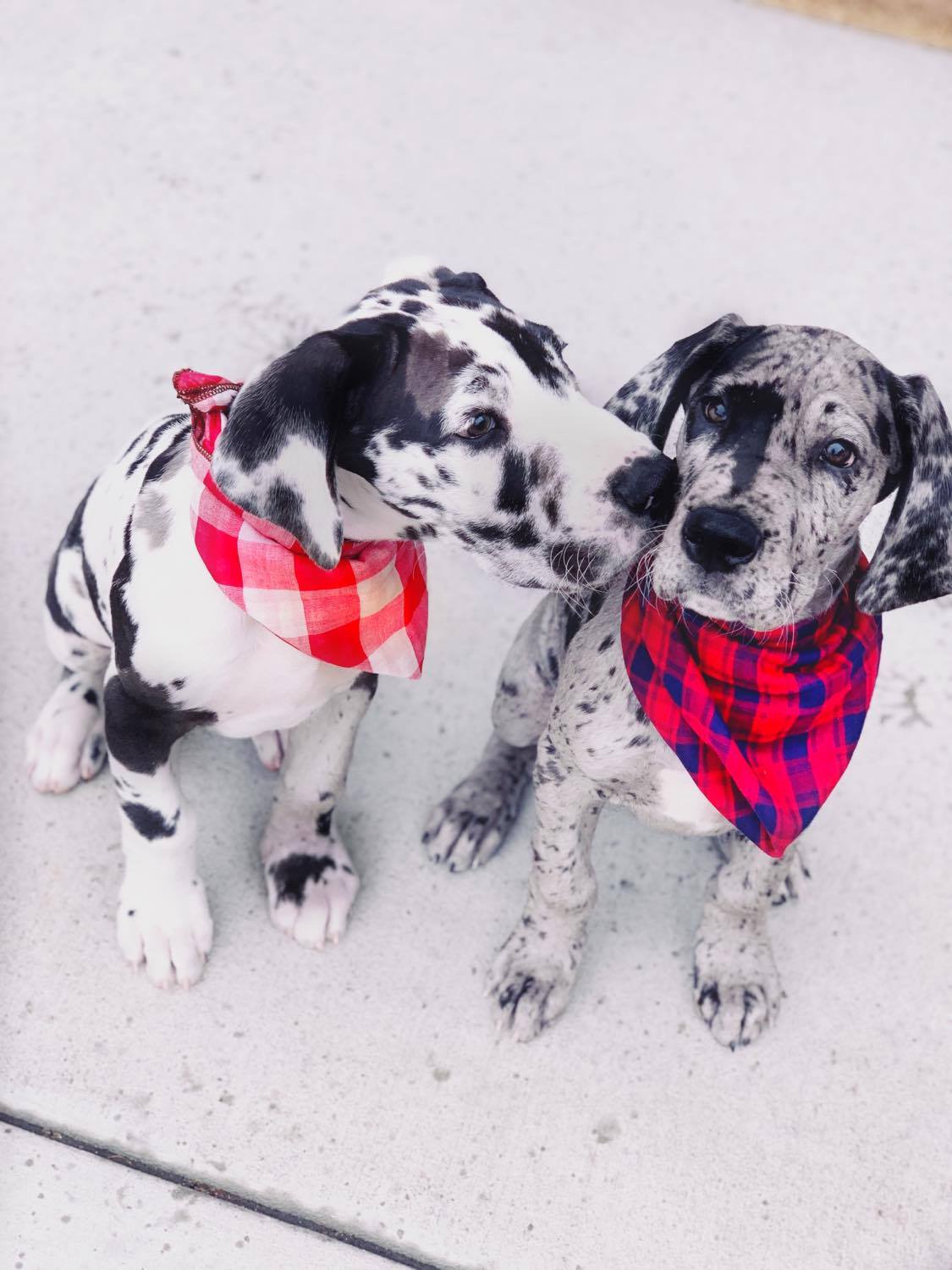
However, there are some things you can do to make the process a little bit easier. First, make sure to take your puppy out often – at least every few hours. Second, be consistent with your commands and rewards. And third, be patient! It will take some time for your puppy to be fully house-trained, but eventually he’ll get the hang of it.
Let’s jump in to some foundations of how to potty train your new puppy.
Large Breed Pups and Bathroom Breaks
When it comes to potty training a large breed puppy, there are a few key things to keep in mind.
First, it is essential to create a designated potty area for your dog, such as a small patch of grass or another outdoor space. This helps with successful potty training by creating a clear distinction between potty time and playtime, making it easier for the puppy to understand when it’s time to go.
In addition, know that your new puppy may quickly seem older than they actually are. Large breed puppies grow quickly, even as a young puppy.
Their size does not correlate with their age! As a good rule of thumb, your puppy should be able to take potty breaks every hour up until about the age they are in months. For example, if your pup is 8 weeks (2 months), they will likely only be able to hold it for 2 hours.



Finally, it is important to remember that most dogs take longer than pet parents expect of their new pet when it comes to house training, so be sure to remain patient and consistent throughout the process.
Potty Accidents and the Potty Training Process
It is absolutely inevitable that your pup is going to go to the bathroom where they are not supposed to. A puppy has no idea what it means to control their bowel movements or their pee, so it is going to happen. And that’s okay! Part of the potty training process is learning from your mistakes.
Every Dog Will Have Accidents
If your puppy has an accident, the best thing you can do is to remain calm and clean up the mess immediately. Do not scold your puppy or punish them in any way – this will only make them afraid of peeing or pooping, and with a young puppy, this can cause issues even when they become fully potty trained.
Your Puppy NEEDS Positivity!
Use positive reinforcement to congratulate your puppy when they go to the bathroom in the right spot. Take more frequent trips and potty breaks than you ever knew possible! Provide a tasty treat and small play session after their potty break. Here are some of our favorite and long lasting tasty treats for your Great Dane to reward them.


All dogs will have accidents just like human babies. Practice patience and know that even though it may seem like a big deal, puppy potty training does not last forever.
Potty Pads Create Confusion
Potty pads are marketed as an easy solution for potty training puppies. However, many puppy owners find that potty pads actually create more accidents when potty training their pups.
This is because puppies often mistake potty pads for their crate or the off-limits area in their house. Puppies have a very hard time knowing where to go to the bathroom when the option is a potty pad or designated potty area INSIDE the house.
Your Dog Might Think They are Peeing in the Right Spot
As a result, they may start to associate the pads with the wrong spot to pee. In other words, a potty pad actually just shows your puppy that they can pee in the wrong place- INSIDE!
Eliminate As Much Confusion During Potty Training
Like mentioned earlier, puppy pads can be very confusing for puppies. They may not understand that the pads are only for peeing and may start to potty anywhere in the house. For these reasons, puppy pads are not always the best option for potty training puppies. Crate training or other methods may be more effective.
Keep it Simple For Your Puppy
Instead, simplify things for your puppy or dog and work to create a routine to take your puppy outside often so that they can find their potty spot and take a potty break. Once they eliminate outside, don’t forget: TREATS!

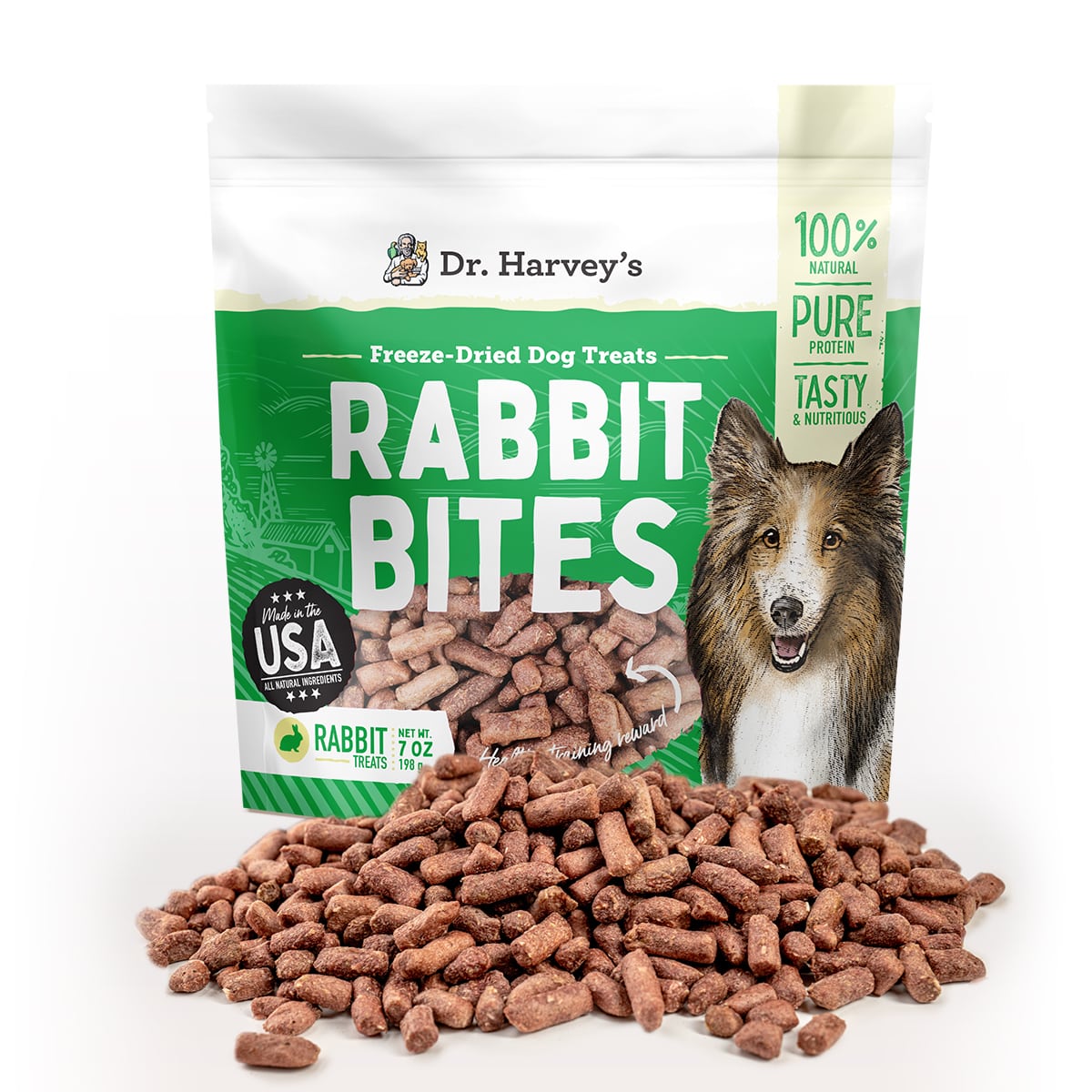

Potty Training in Male Dogs
Male dogs tend to be a bit harder and more work when it comes to potty training.
There is no particular reason that female puppies tend to get potty trained faster than male puppies. However, when learning to potty train, female puppies generally are more focused and interested in learning.
Whereas, male puppies learning to potty train are more aloof and ‘happy-go-lucky’. So, sometimes it can take a male puppy a little bit longer to get fully potty trained. However, no matter what gender, most dogs will pick up on potty training quickly with positive reinforcement and a consistent schedule.
Frequent Trips are Crucial for Your Puppy
In the early days of potty training, it’s important to take your puppy out frequently so that he can get used to eliminating in the right place. This may mean several trips outside during the day, but it will pay off in the long run and you will learn to love these special bonding times with your puppy. Just remember- soon your puppy will be a grown dog.
One day you will look back on these times and wish you could have just one more day with your puppy- even if it means repetitive trips outside!
Gear up with a TON of high quality treats, get your pup motivated- and you both will succeed. Here are some of our favorites. Be prepared for ‘gross’- they are made from crickets!

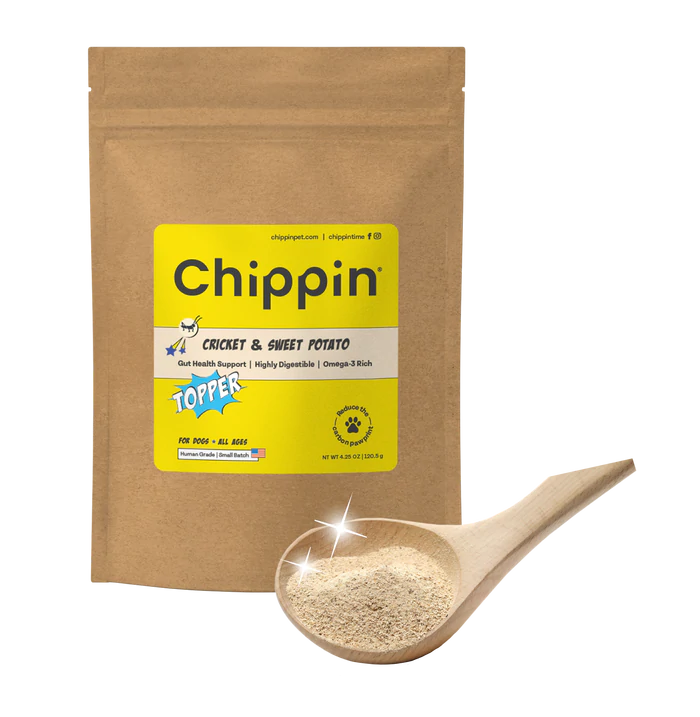
Just be sure to praise your puppy when he eliminates in the right place so that he knows he’s doing something good. And if your puppy has an accident inside, never punish him – just clean up the mess and try again next time.
Is House Training and Crate Training Correlated?
Many people wonder if crate training and potty training are correlated. Some sources claim that crate training can help to make it a breeze to house train, while others insist that crate training actually hinders success with house training.
In my experience, however, I have found that crate training is key to a successful potty training experience.
What is crate training?
Crate training is the process of training your puppy to feel comfortable and happy in their crate.
This may seem like an impossible task, but with a little patience and consistency, most puppies will eventually come to love their crate.

9 Tips for a Fully Trained Great Dane: Click Here
The Benefits of Crate Training Your Dog
Crate training has many benefits – not only does it help with house training, but it also provides your puppy with a safe place to sleep and relax. Keep in mind that dogs are den animals. Many puppies actually end up LOVING their crate and having their own bed and their own space.

The Best Crate for a Great Dane Puppy: Click Here
If you are interested in learning more about how to crate train your dog, make sure to check out our blog post here:

How to crate train a Great Dane: click here
Every Dog Owner Has to Decide Whether or Not To Crate Train Their Puppy or Dog
At the end of the day, whether you choose to crate train your dog or not is up to you. But if you want reliable results when it comes to potty training your furry friend, you may want to consider investing in a high quality crate for your puppy. You might be surprised that your puppy loves it all the way until they become an adult dog.
Using Dog Treats for Puppy Potty Training
If you’re a puppy parent, you know the joys and challenges that come with potty training as well as how FAST things can change from a peaceful pup to one that has to pee- and now!
One minute your puppy is cuddling with you on the couch, and the next minute they’re peeing on your carpet.
But don’t worry, there are some things you can do to make the potty training process easier for both you and your puppy- one being a whole lot of treats! Here’s some of our favs that you can actually purchase a set and make at your house!
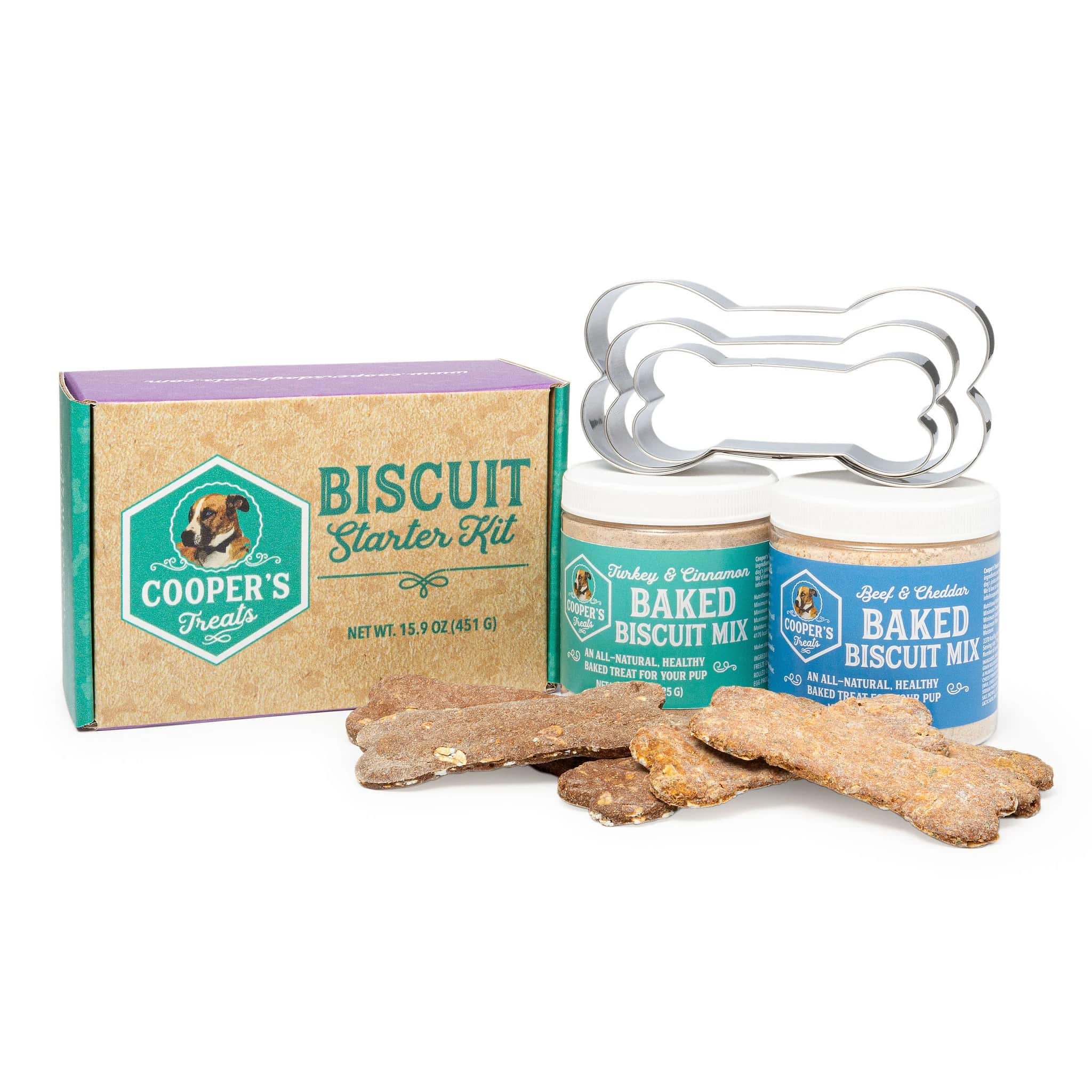

One of the most important things is to use positive reinforcement. Every time your puppy goes potty in the right place, give them a treat or praise them. This will help them to associate going potty with something positive. We also love these Himalayan Chews, as they are long-lasting and safe.
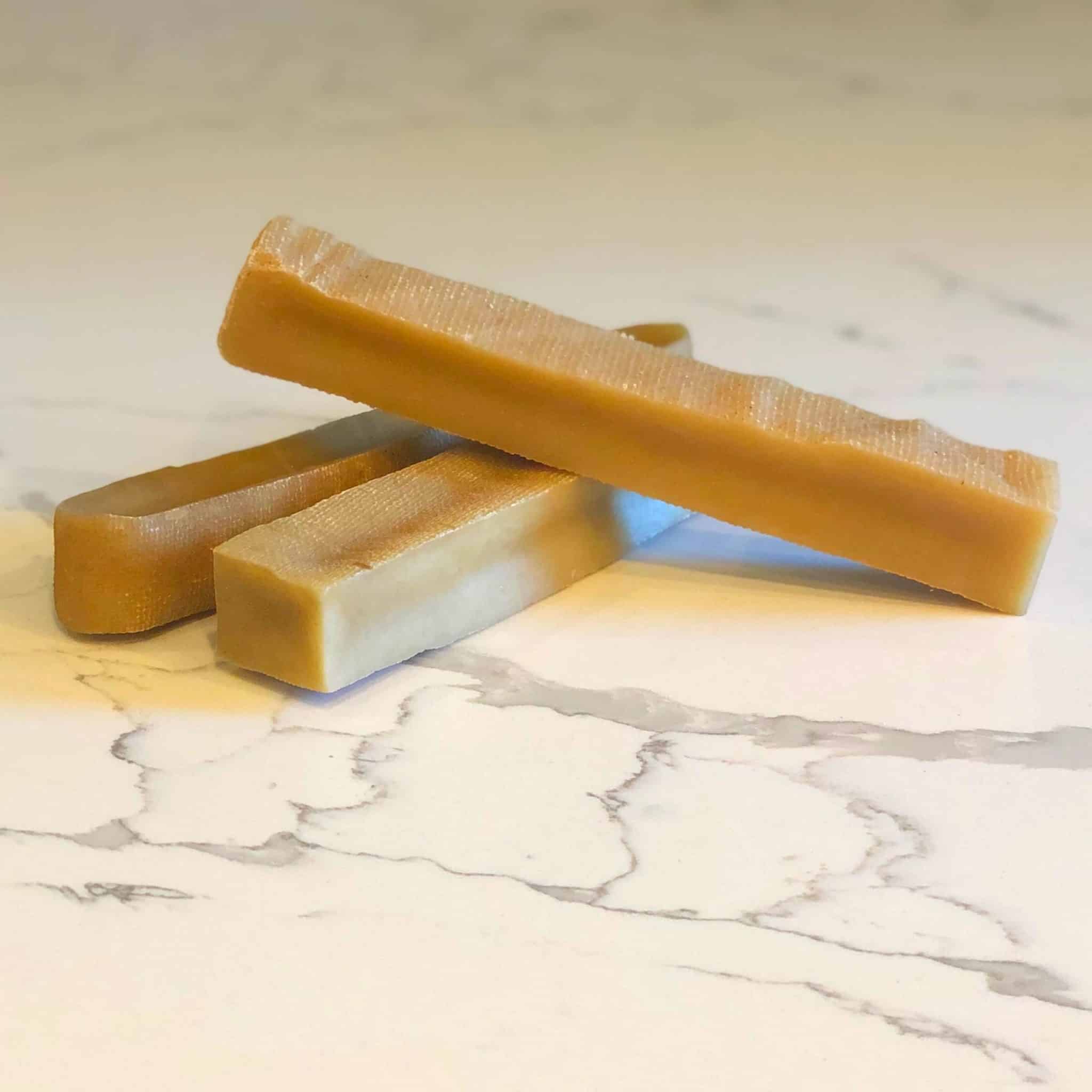
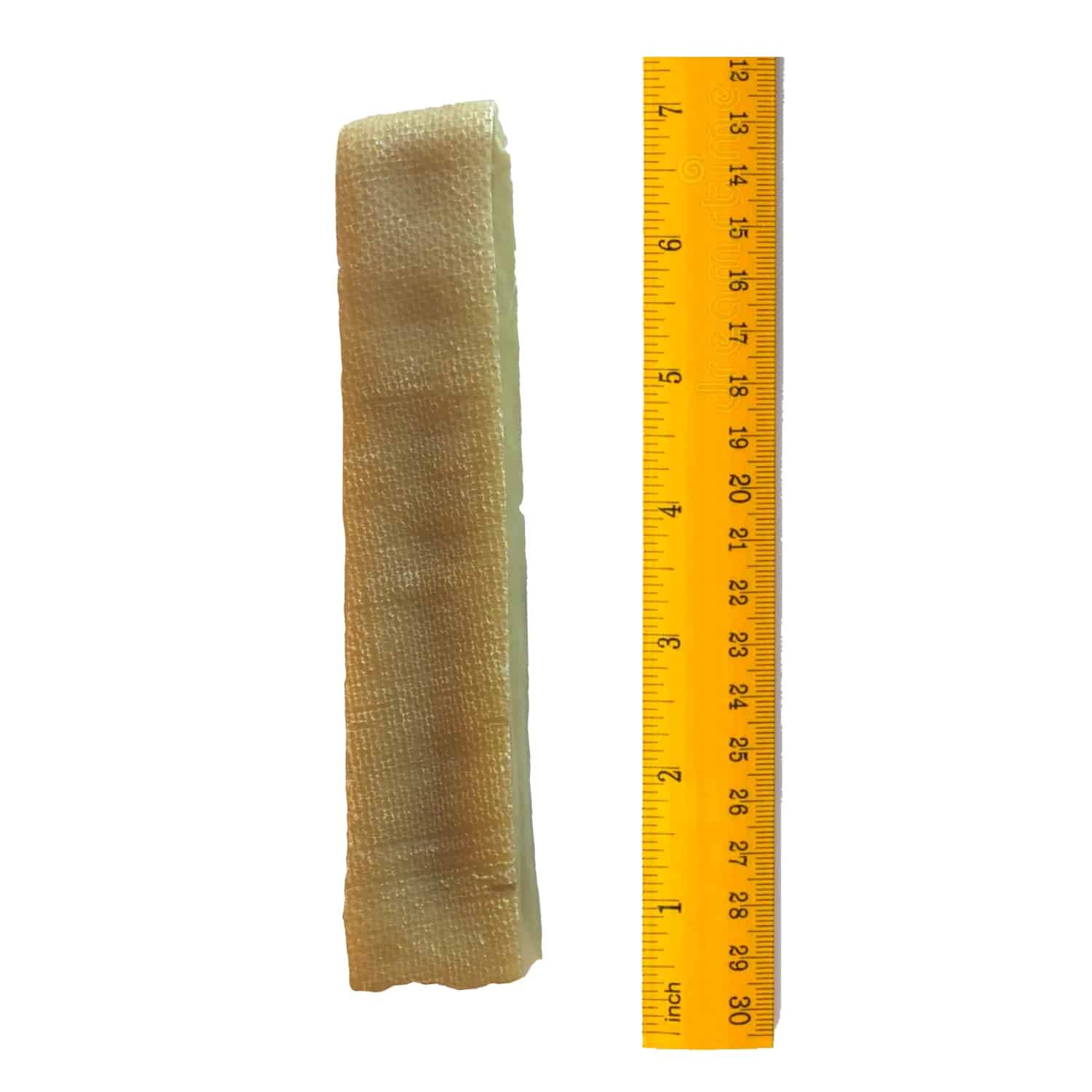

Working to Potty Proof Your House
Although you cannot change around your entire house during the time you potty train your puppy, you can certainly make small changes to help your dog learn right from wrong faster.
Baby Gates
You should puppy proof your home by putting baby gates up and keeping toys and food out of reach. This way, your puppy won’t be tempted to have an accident in the house. Keep your puppy off of carpet and primarily on hardwood floor with thin, washable runners while they are learning to potty train.
That way, if your puppy pees, it is easy to pick up the rug and throw it into the wash.
The reason you don’t want to eliminate the rugs altogether while you potty train is due to slippery floors being somewhat dangerous for your puppy and dog’s joints.
Read more about knuckling and how slippery floors can play a role here:

IS YOUR GREAT DANE PUPPY KNUCKLING?
Check out our science-based and constantly always growing knuckling resource page.
Does a Feeding Schedule Impact Potty Training?
There is a lot of debate over whether feeding schedules impact potty training in puppies. Some experts claim that feeding at regular intervals encourages puppies to go to the bathroom at specific times as well, making it easier for them to learn the appropriate times and places to do their business.
Others suggest that feeding regular meals just encourages puppies to hold their bladder for longer periods of time, which can result in accidents and confusion for the puppy during the potty training process.
Feeding Meals at the Same Time Every Day
Some early studies indicate that feeding meals at roughly the same time each day may be beneficial, but more research is needed in order to confirm this hypothesis.
As a puppy owner, I believe that it is important that you be consistent with feeding your pup and also encourage them to go outside on a regular basis so that they can practice good bathroom habits. Providing small, frequent meals for your puppy can be one way to help encourage them to use the bathroom often!
Do Not Withhold Water
Never withhold water while you are working to potty train your puppy, but it is probably smart to not feed your puppy or adult dog late at night, especially if they are having accidents through the night.
And remember: be patient, stay positive, and don’t get discouraged if it takes your puppy longer than expected to pick up these important skills or if your puppy eliminates in the house!
Click here to read our blog regarding the best puppy food for your Great Dane.
What Does It Mean if Older Dogs Are Having Accidents?
If you have an adult dog that is having issues with urinating or pooping in the house you should ask yourself a few questions:
- Is my dog extremely anxious?
- Has anything changed with my feeding schedule?
- Is this a new behavior?
- Is my dog experiencing any other signs or symptoms?
If the answer to questions 3 or 4 are yes, you should speak with a licensed veterinarian regarding your dog. An adult dog should not be having ‘random’ or unexplained bathroom issues in the house, and there is most likely a medical explanation.

How long do Great Danes live? Well, this sweetie named Harleigh is 10 and thriving! Read more here!
Photo Credit to Chelsea & Harleigh at @mixedwithout
My Adult Dog Has Bathroom Issues When Anxious
Sometimes adult dogs will have bathroom issues in the house when they get extremely anxious. Anxiety or separation anxiety is a plague that impacts many dogs and puppies. Sometimes, dogs will urinate or poop as a means to express their emotions. Other dogs might demonstrate their anxiety by barking, smacking their lips, tucking their tail or destroying things in the house.
Anxiety can be managed with CBD, crate training, or socialization. Be sure to check out all three resources we have for those topics here:
If your older dog is demonstrating any new behaviors that are not typical for them, especially related to their bowels or urine, you should speak with your vet. Great Danes do not have tiny bladders and should be able to hold their feces and urine for quite some times (as an adult dog), so ruling out any medical issues is important.
Does My Puppy Need Potty Breaks While I Am At Work?
Dog owners wonder if their young puppies needs to take a potty break while they are at work.
The answer is- YES – Your puppy definitely needs to have breaks while you are at work or gone throughout the day. A puppy pees about the same amount of months they are. (2 months = 2 hours).
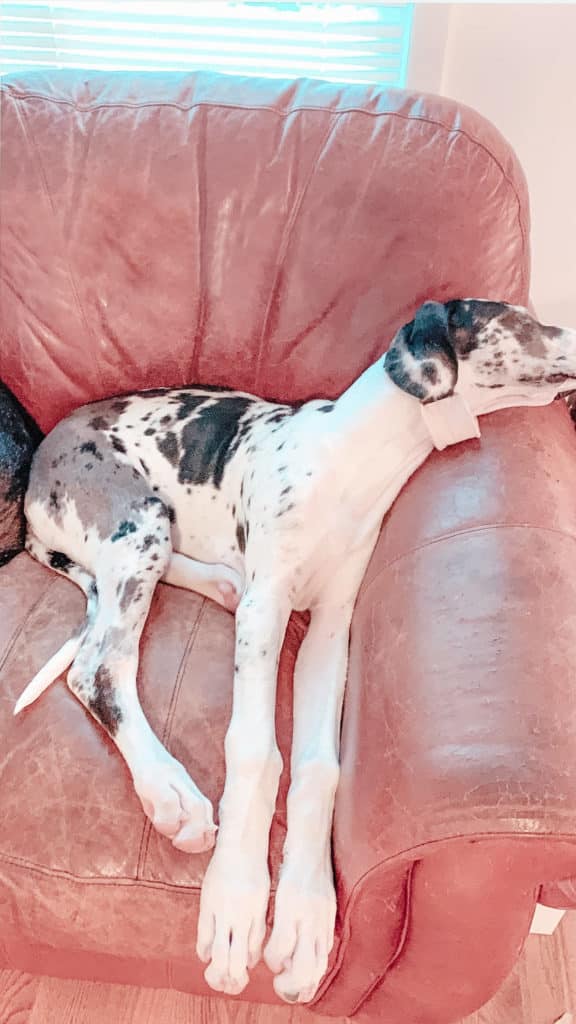

This does not remain true past about 7 or 8 hours, however. So, if your puppy is about nine months, they should not be required to hold their pee for 9 hours. The max amount of time a dog or puppy should be asked to hold their pee or poop is about 7-8 hours (and this is for an adult dog).
But, as your puppy grows, they will be able to hold their pee for longer.
While you are teaching your puppy to potty train, it can be frustrating to have to either return home to let your dog outside or hire someone to come walk them. However, it does not last forever and soon your puppy will be completely out of the potty training stage.
Can I Potty Train with Pee Pads While I am at Work?
We recommend not being tempted to use pee pads to potty train while you are away at work. As stated earlier, a potty pad will confuse your puppy. Also, it could end up that your dog is resting or laying in its own urine or feces while you are away.



Ultimately, we want our dogs to stay safe and sanitary as well as learn to the best of their advantage using positive reinforcement and encouragement.
In Conclusion
In conclusion, the hardest part about potty training a Great Dane is probably the time commitment and effort required on your part as their owner. But, with these tips and tricks you will be able to successfully potty train your dog in no time! Just remember to stay patient and consistent throughout the process. Good luck!
Do you have any other tips or tricks for potty training your pup? Let us know!

JOIN OUR COMMUNITY
Do you like modern positive+balanced off-leash dog training, science-based information, life with Danes, educated ownership and chatting with other like-minded people?
Join our growing Facebook group!
READ MORE:


